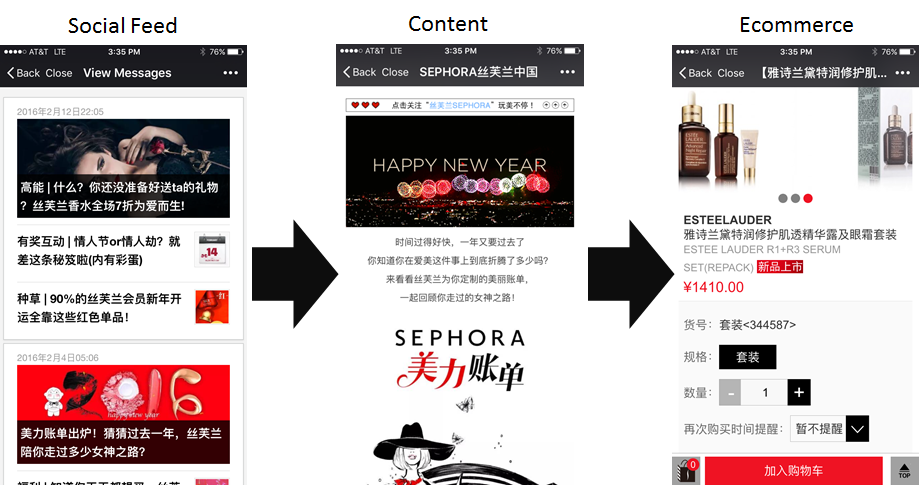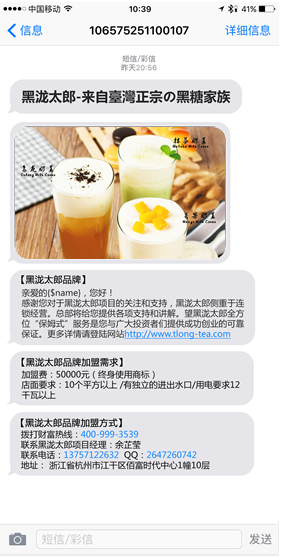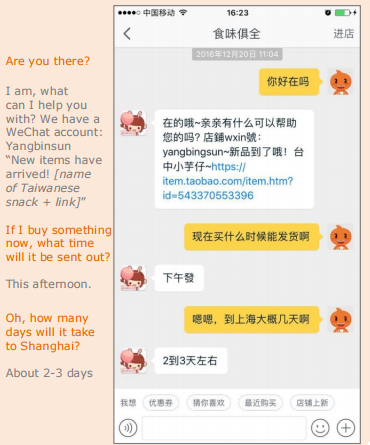
Similarly, pricing also matters when it comes to positioning your brand. Most of the international brands believe that their foreign nature allows them to ask for premium price – yet this is only partially true. Many local brands (such as Huawei and Xiaomi) are now leading the domestic market, leaving the premium positioning unfeasible for foreign brands. Besides, mid-income consumers are increasingly interested in purchasing quality and affordable products directly from cross-border platforms. As a result, pricing should be competitive among imported goods, while reflecting your product quality.
Moreover, it’s also a good strategy to offer discounted prices during major ecommerce festivals in China.
Unique consumer psychology is one of the most drastic difference between China and the western world. It’s fundamental for foreign companies to get through some key points before rolling out any online activity in China:
Purchase cycle
In most of the European markets, consumers start their online purchase by searching through a search engine – even if they know what they want. In China, this is not the case. A typical online purchase path is: discover a product on social media channels (e.g. Weibo) → search for the product on marketplaces (e.g. Taobao & JD) → Place an order on the platform.
Digital Marketing Strategy
KOL
Words from peers and influencers are important references when buying online in China. Therefore, KOL marketing is incredibly effective in boosting brand exposure. KOLs usually operate their own account on social media, and collaborate with brands to deliver promotional content (video, article, live-streaming etc.). However, a common obstacle with KOL marketing is: making sure that you are picking THE RIGHT influencer(s), out of thousands of KOLs, for your target audience.
Social branding
By using a master App such as WeChat, companies are able to both sell and engage their audiences via content marketing. Moreover, WeChat also enables brands to embed loyalty programs into their official accounts.

Personalized communication
While social media such as WeChat is for making a social blast, when it comes to personal communication, email and SMS are still dominating in China. Brands are able to track & store user behavior, and use the information to personalize the message to each consumer.
As for SMS marketing, companies are able to add a unique signature to the text preview, enabling recipients to immediately recognize the sender. In the message, you can also include a URL directing to a webpage and track who has clicked on the link.

Customer service
Local consumers are used to immediate and personal assistance. In China, customer service across different platforms is available 7 days a week, 16 hours a day, at least. And of this almost around the clock service more than 80% takes place via Wechat, live chat or over the phone.
Timing also matters in customer service as 90% of the online shoppers will make inquiry BEFORE placing an order. Hence if the response rate is not good the customer will almost certainly be lost.

SMS integration is highly important in customer service. Consumers want to know where their packages are. SMS integration allows companies to update customers about their order, payment and delivery in a timely fashion.
In conclusion, finding your way in the Chinese market requires both innovation and localization. It’s essential for brands to deliver the right message, to the right person, at the right time.
Stay tuned to learn more about the ecommerce world in China
Or Sign up to our newsletter if you want a monthly digest of the latest Chinese Digital Marketing news!



